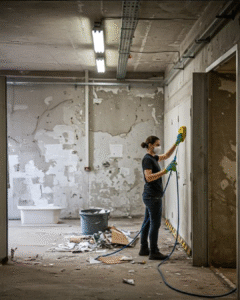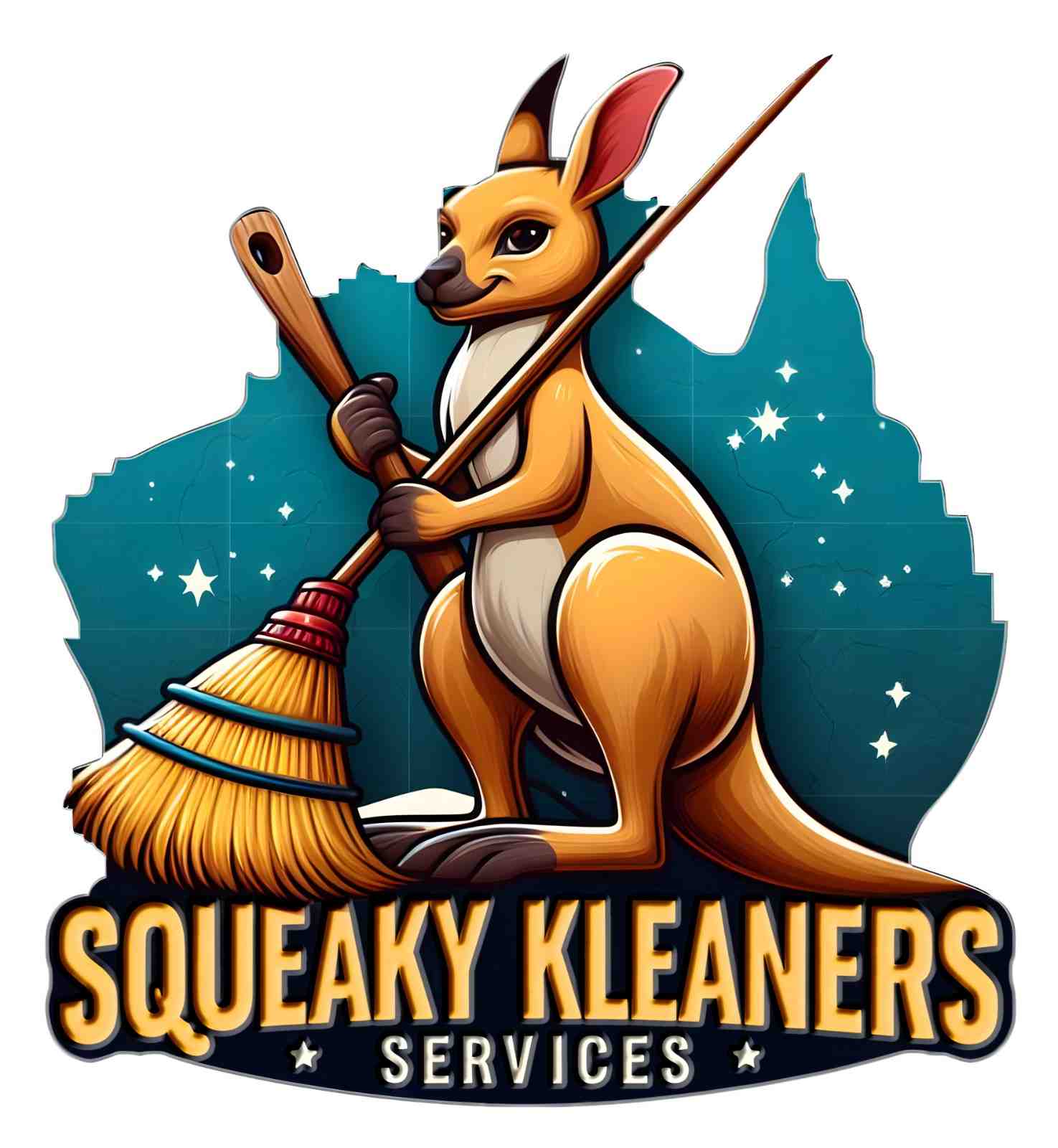Post-Construction Cleaning…
You just finished a renovation, and your place looks like a war zone—drywall dust on every surface, sawdust in places sawdust shouldn’t be, and that mysterious sticky residue on the windows that won’t quit. And now you’re thinking, “How hard can cleanup be? I’ve got a vacuum and a roll of paper towels.”
Here’s the kicker: 90% of people screw this up because they treat post-construction cleaning like regular tidying, which is like using a garden hose to put out a grease fire—technically, you’re applying water, but you’re gonna make things worse.
This changed everything for me when I watched a homeowner try to “clean” their newly remodeled kitchen with a Swiffer and end up grinding drywall dust into their brand-new hardwood floors. Cue the sound of money flushing down the drain.

Step 1: Post-Construction Cleaning Isn’t Just “Cleaning” (It’s a Science)
Regular cleaning is wiping counters. Post-construction cleaning is forensic-level decontamination. It’s like when your toddler “helps” fold laundry—sure, the effort is there, but the results? Chaos.
Here’s what pros do that you (probably) won’t:
-
The Tuesday Effect
-
What we call “The Tuesday Effect” is when amateurs clean most of the mess but miss the hidden stuff—like the sawdust inside your HVAC vents that’ll blow out for months.
-
-
Adhesive Nightmares
-
One client we’ll call “Dave” tried to remove sticker residue from windows with a razor blade. He now has a $2,000 replacement bill.
-
Post-Construction Cleaning: The Brutal Truth Most Contractors Won’t Tell You
Step 1: The “Soap and Water” Scam
If your cleaner’s answer to “What’s in your chemical kit?” is “soap and water,” hang up. Immediately.
-
Why? Construction residue isn’t dirt—it’s adhesive leftovers, silica dust, and VOC-laden grime. You need:
-
pH-neutral cleaners (for surfaces like marble or quartz).
-
Solvent-based solutions (for paint splatter or tar).
-
HEPA vacuums (drywall dust is a Category 1 irritant—not just “dust”).
-
Step 2: The Hazardous Debris Test
Ask: “How do you handle hazardous debris?” If they shrug, they’ve never dealt with:
-
Asbestos-containing materials (common in pre-2000s demolitions).
-
Lead paint dust (yes, it’s still in older homes).
-
Fiberglass particles (if they’re not in respirators, run).
2024’s Most Common Disaster: DIYers using household vacuums for drywall dust—clogging filters and blowing microparticles back into the air.
Step 3: DIY = “Destroy It Yourself”
Think post-construction cleaning is sweeping + mopping? Here’s what you’re actually signing up for:
-
Ladder work: Ceiling dust, light fixtures, and HVAC vent gunk (miss this and your AC will spew dust for months).
-
Air quality testing: VOC off-gassing from new carpets/paint can be 10x worse than outdoor pollution.
-
Micro-scratches: Using the wrong cloth on stainless steel/appliances = permanent swirl marks.
2024’s Biggest Regret
The “I’ll just hire a regular cleaner” trend is backfiring hard. Normal cleaners don’t know:
-
How to remove spray paint overspray from windows (hint: razor blades + ammonia-free solutions).
-
Why grout haze requires acid-based cleaners (but only after 10 days of curing—or you’ll etch the tile).
-
That pressure-washing a new deck before sealing warps the wood (seen it 3x this year).
The Controversial Truth
You could save $300 DIYing… or spend $3,000+ fixing what you ruined. Top offender stories from 2024:
-
Scrubbing quartz countertops with baking soda = dull, etched surfaces (irreversible).
-
Using ammonia on fresh paint = yellow streaks in 48 hours.
-
“Just moping” epoxy floors = hazy, sticky residue (requires acetone wipes).
The Unspoken Nightmare: “Final Cleaning” vs. “Deep Cleaning”
-
Builders’ “final clean” = A quick wipe-down (they skip: inside cabinets, under appliances, window tracks).
-
Real post-construction cleaning = 4+ hours of:
-
Adhesive removal (sticker residue on windows).
-
Paint speck elimination (baseboards, doorknobs).
-
Air duct vacuuming (unless you enjoy sneezing sawdust).
-
-
-
Step 2: The 3-Question Test for Hiring Right
Ask these or regret it later:
-
“What’s in your chemical kit?” (If they say “soap and water,” run.)
-
“How do you handle hazardous debris?” (Drywall dust is not just dust—by the way, it’s classified as an irritant.)
-
“What’s your weirdest cleanup job?” (Boring answer? They haven’t seen enough to handle your disaster.)
Step 3: DIY = “Destroy It Yourself”
Most people think post-construction cleaning is:
-
Sweeping
-
Wiping
-
Maybe mopping
But here’s what you’re actually signing up for:
-
Ladder work (ceiling dust, light fixtures)
-
Air quality testing (ever heard of VOC off-gassing?)
2024’s Big Mistake
As we’ve seen this year, the “I’ll just hire a regular cleaner” trend is backfiring. Normal cleaners don’t know how to:
-
Remove spray paint overspray
-
Restore scratched floors
-
Extract grout haze from tile
The Controversial Truth
You could save $300 doing it yourself… or spend $3,000 fixing what you ruined. The worst offenders:
-
Scrubbing quartz countertops with abrasives
-
Using ammonia on fresh paint
-
Pressure-washing decks before sealing

